
I principi di Venezia di Antonella Benvenuti
 3 min
3 min
I principi di Venezia di Antonella Benvenuti
Telling the story of the Stucky family means reviewing almost a century of Venetian and Italian history, starting with the 1848 upheavals.
The novel, which presents us with a sweeping historical and sociological epic, was written by Antonella Benvenuti, whom we remember among others for her splendid novel Mala Aria, after years of meticulous historical research. It develops across two different but strictly connected levels of reading.
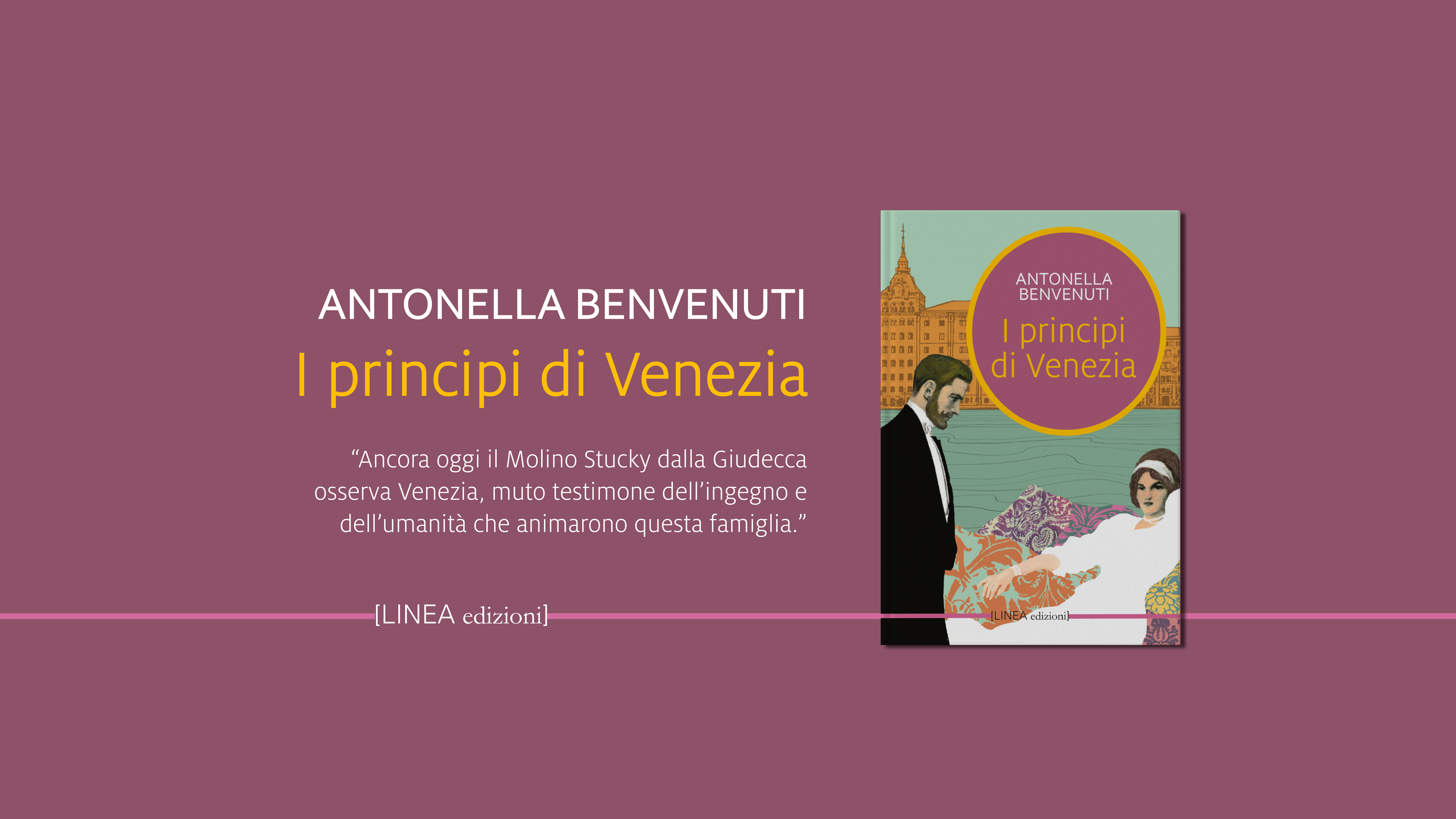
On the one side the story of the Stucky family, from the departure from Switzerland of the patriarch Hans, through the events in the lives of his descendants all the way to Giancarlo Stucky; on the other the story of Giovanni Bruniera, Giovanni Stucky’s assassin, with whom the reader will travel across Europe along the migratory routes all the way to Brazil, before returning to Venice. The novel quotes the authentic letters that Bruniero, condemned to a life sentence, wrote from the Prisons of Portolongone on the island of Elba.
Antonella Benvenuti gives him a voice, and through his rants and his moments of almost poetic lucidity, shifting the reader’s attention to the assassin’s point of view, with his own story, to the story of millions of poor and desperate people.

The Stucky family became the richest in Venice and their great fortune centred on the figure of Giovanni Stucky, who was brutally murdered in 1910, and for whom the city organized a funeral worthy of a Head of State. An intelligent and visionary man, and a great philanthropist, he looked to Northern Europe with a clear objective in mind: to build in Venice the largest and most advanced mill anywhere, thereby inaugurating a production the likes of which had never been seen before, and conquering international markets.
His ascent was unstoppable.
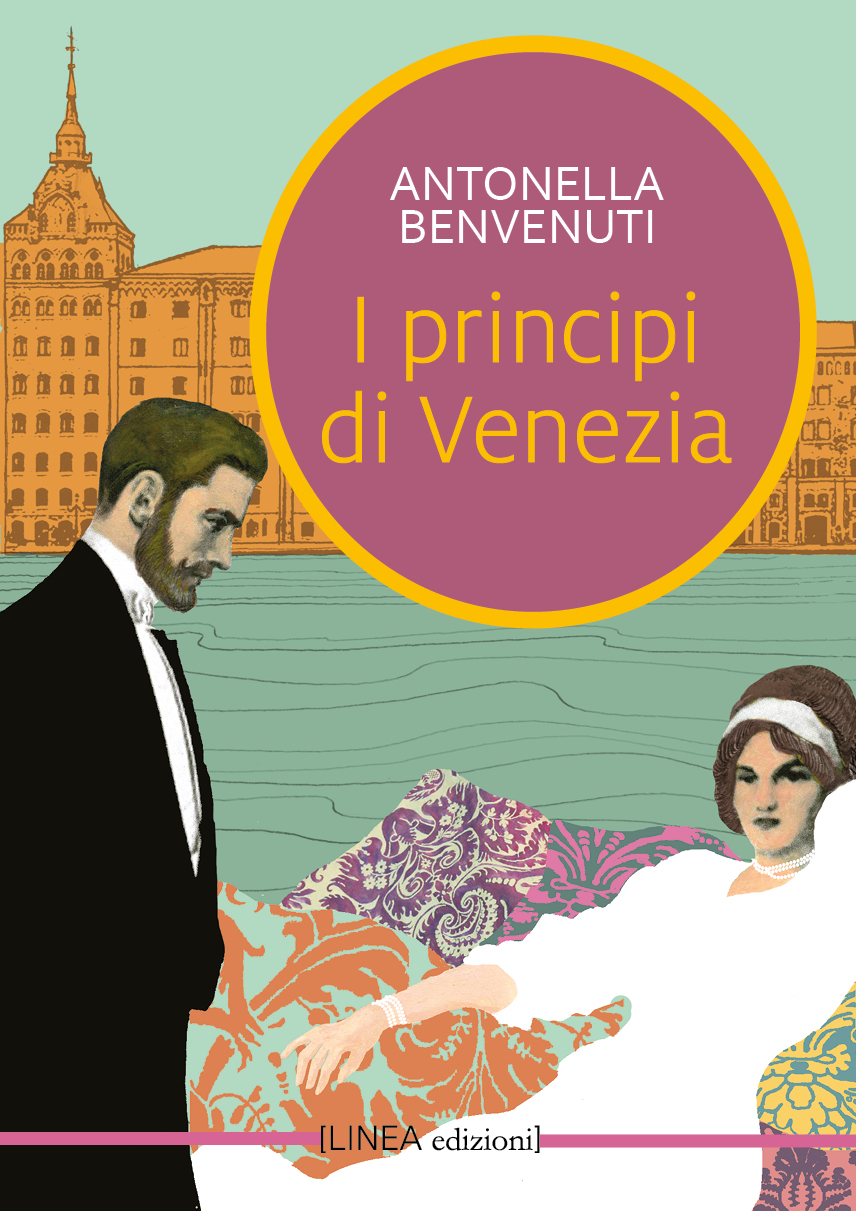
The years of the Belle Epoque provide a backdrop to their success and recognition: Venice attracted high society, with the Lido which was becoming established as the most exclusive of seaside resorts, and the International Art Exhibition which attracted the trendiest artists. Beloved and envied, but hated by some in the shadows, the Stucky family set the pace. This golden dance was interrupted by the outbreaks of World War One and Two. His son Giancarlo was called upon to manage their business in wartime. A dandy and an art lover, he was like a splendid butterfly pinned down in a collector’s display case, finding himself trapped in a life he did not want.
The adverse historical conjuncture and the greedy interests of people close to him caused him to be mercilessly devoured. Perhaps the excessive influence of his mother prevented him from becoming fully autonomous and building a future that would reflect his own attitudes. What is left today, as a monument, is the awe-inspiring Gothic building which observes Venice from the Giudecca, a silent witness of the courage, the ingenuity, the entrepreneurial talent, the determination and the humanity that drove this family.









 English
English
 Français
Français
 Deutsch
Deutsch
 Italiano
Italiano
 Español
Español

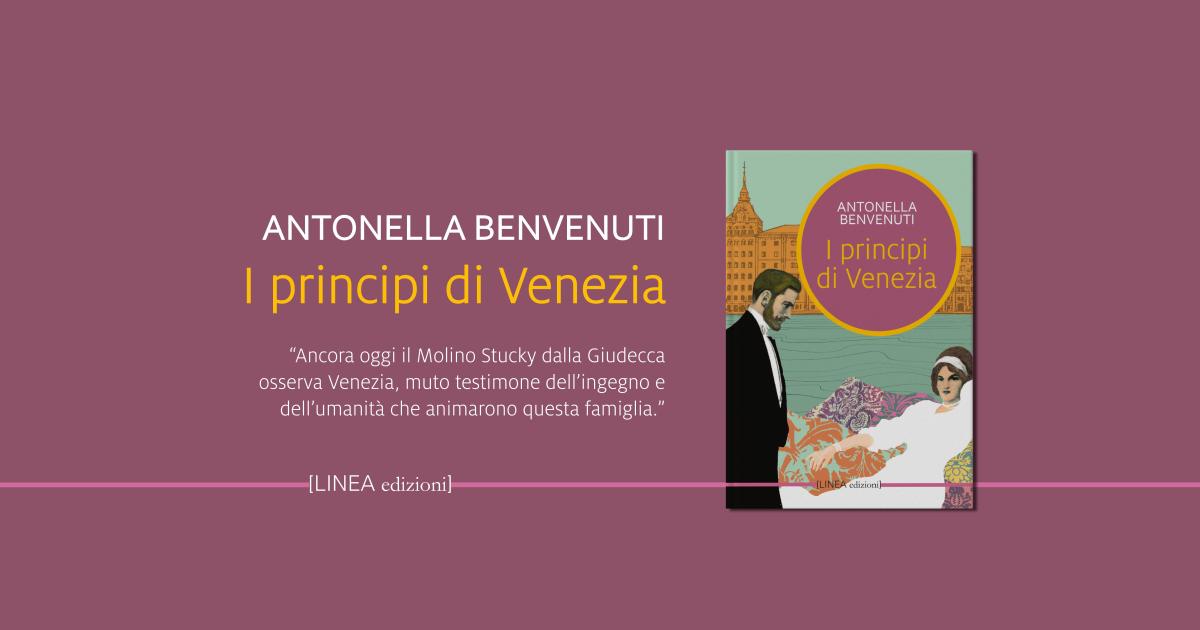

 Contribuer
Contribuer



























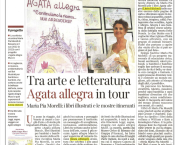
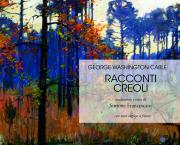
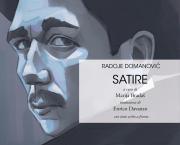
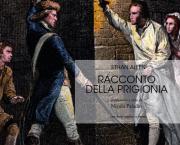



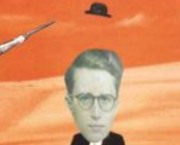





 Tu peux soutenir les auteurs qui te tiennent à coeur
Tu peux soutenir les auteurs qui te tiennent à coeur





